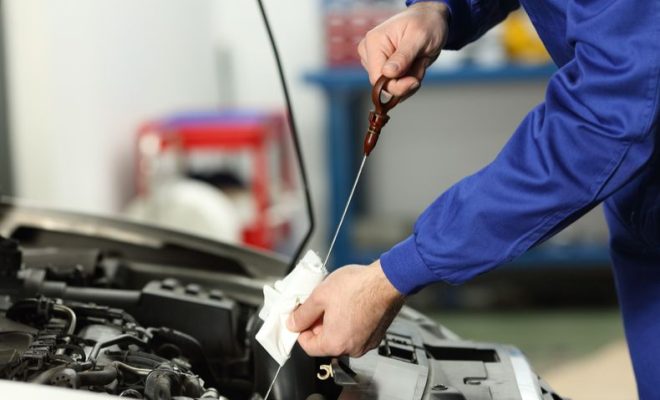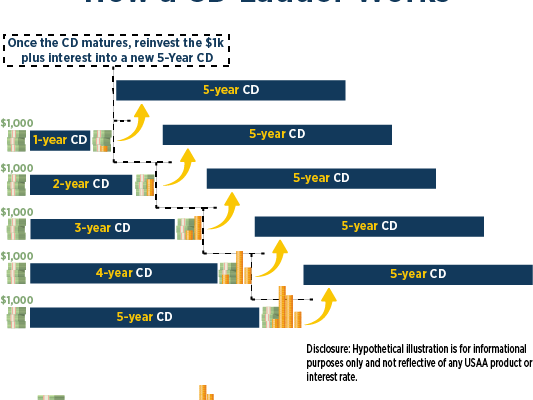How to Check Your Car’s Oil

Introduction:
Regularly checking your car’s oil level is an essential part of maintaining your vehicle’s performance and longevity. It is a simple process that can help prevent costly repairs down the road. In this article, we will provide you with a step-by-step guide on how to check your car’s oil.
1. Preparing to Check the Oil
– Park your car on a level surface to ensure accurate readings.
– Turn off the engine and allow it to cool for a few minutes. Hot oil expands, and checking it immediately after turning off the engine can result in inaccurate readings.
2. Locate the Oil Dipstick
– Open the hood of your car and locate the dipstick. It typically has a yellow or orange handle and is often near the engine. Consult your vehicle owner’s manual if you’re unsure of its location.
3. Remove the Dipstick
– Pull out the dipstick, being careful not to spill any oil in the process. Use a clean rag or paper towel to wipe off any residual oil from the dipstick.
4. Reinsert and Remove Dipstick Again
– Insert the clean dipstick back into its housing, ensuring that it is fully seated. Then, pull it out again.
5. Examine the Oil Level
– Observe the oil level on both sides of the dipstick; it should fall between the two marks indicating “Low” and “Full” (often designated by an “L” and “F”). If the level is closer to “Low,” consider adding more oil soon; if it is above “Full,” consult your mechanic about removing excess oil.
6. Check Oil Quality
– While examining the oil level, assess its quality as well. Healthy oil should be relatively clear and have a slightly amber color; if it appears dark brown or black with particles in it, consider changing it soon.
7. Reinsert the Dipstick and Close the Hood
– Once you have checked the oil level and quality, reinsert the dipstick one final time. Then, close your car’s hood securely.
Conclusion:
Regularly checking your car’s oil is a vital part of vehicle maintenance. By following these steps, you can ensure that your engine runs smoothly and efficiently for years to come. Always remember to consult your owner’s manual for specific instructions and recommendations related to your particular vehicle model.






